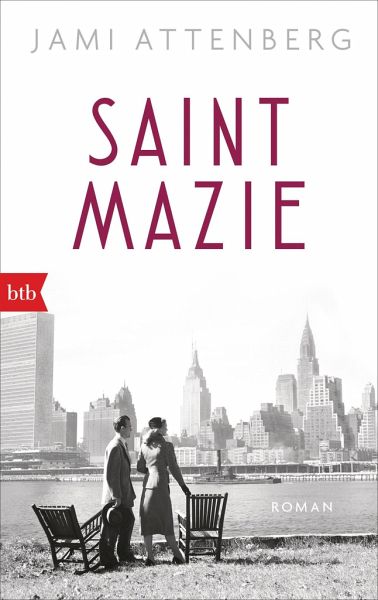
“It’s almost as if we’ve all had collective amnesia, and we’re all waking up at the same time to say, ‘There were all these amazing women in history, and yet we don’t know about them-why is that?’,” McLain said. October’s Cleopatra’s Shadows by Emily Holleman (Little, Brown) reimagines Cleopatra’s history through the perspective of her younger sister Arsinoe. Books forthcoming, like best-seller Alice Hoffman’s The Marriage of Opposites (Simon & Schuster), in August, will introduce readers to Rachel Manzana Pomié, mother of painter Camille Pissarro. Now, however, is the opportune moment for these tales to shine even brighter. Prior to that, Nancy Horan’s best-selling Loving Frank (2007) dazzled with the story of Mamah Borthwick Cheney and her affair with Frank Lloyd Wright. McLain’s prior novel about Hadley Richardson, The Paris Wife (2011), has been printed more than 1.5 million times. Of course, these aren’t the first books to bring real women out of history’s woodwork.

“We’re puncturing the history by tearing some of the veils away, and then enlivening it at the same time.” “We love to learn about history, but don’t we love to get close to it?” McLain asked, describing the pull of historical fiction.

When these characters come alive, we readers see ourselves in them, understand them, and, perhaps most importantly, feel we know them-exactly the point.

In these cases, fiction just may be the more powerful medium to keep their flames glowing.Ī combination of writers’ scant archives, voluminous imaginations, and feminist fervor is recipe for lush portraits that emotionally connect us to women once written-off. (Mazie wanted to write her own memoirs and never did, said Attenberg, which is part of what inspired this story and her approach to format.) This is the case with many of history’s forgotten women: little documentation exists surrounding them, or what does, like Beryl Markham’s autobiography, is marred by speculation (McLain writes that, despite contrarian evidence, rumors swirl that Markham’s third husband, a Hollywood ghostwriter, was responsible for the book).Īnd, facts or none, why must biography be the only way to preserve a person? “No biographer would ever presume to know what’s in the mind and hearts of their subjects,” McLain said.

Attenberg first read about her heroine’s story in a 1940 New Yorker article by Joseph Mitchell, which told Mazie’s story in essay form-one of the few chronicles of her life.


 0 kommentar(er)
0 kommentar(er)
